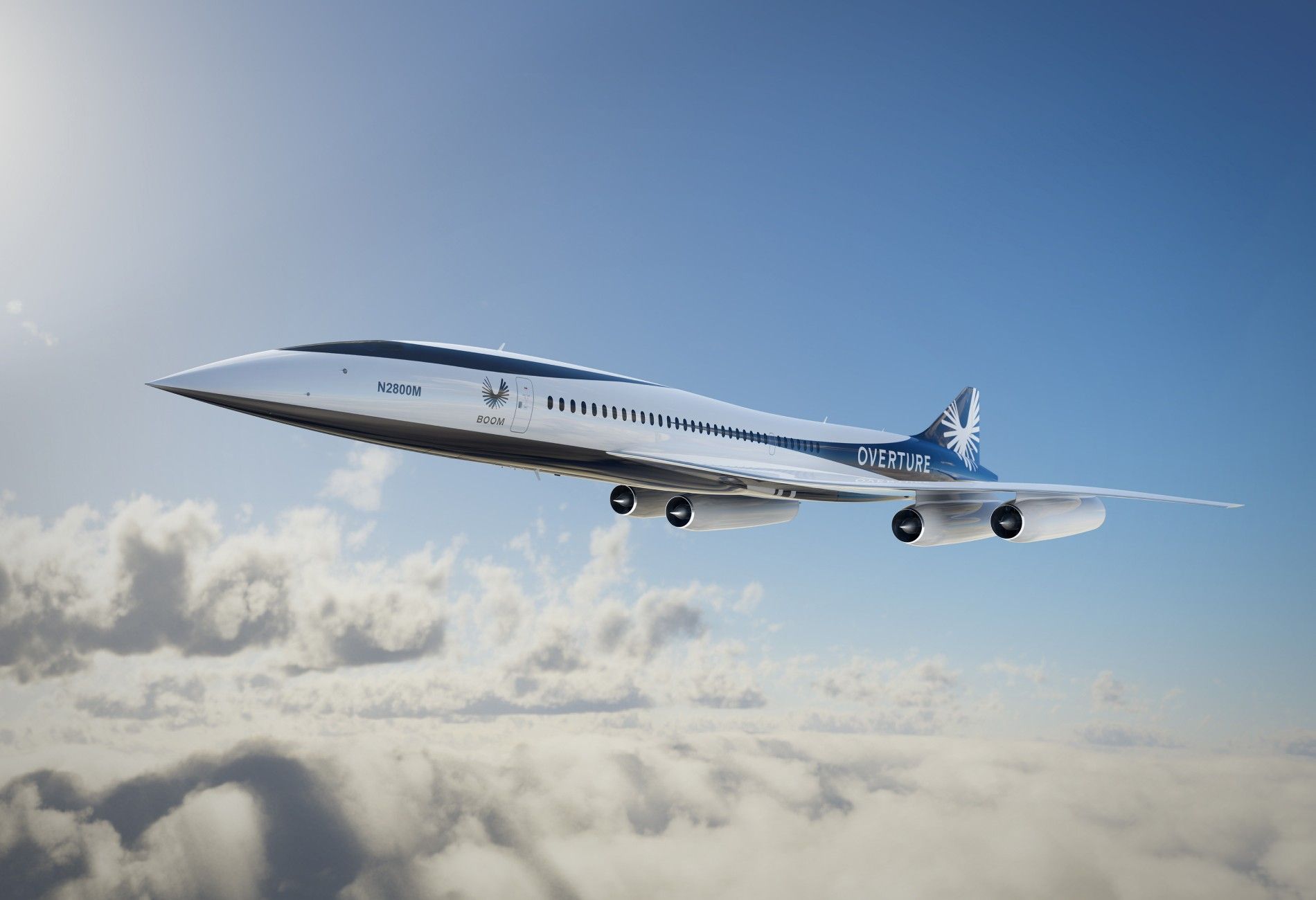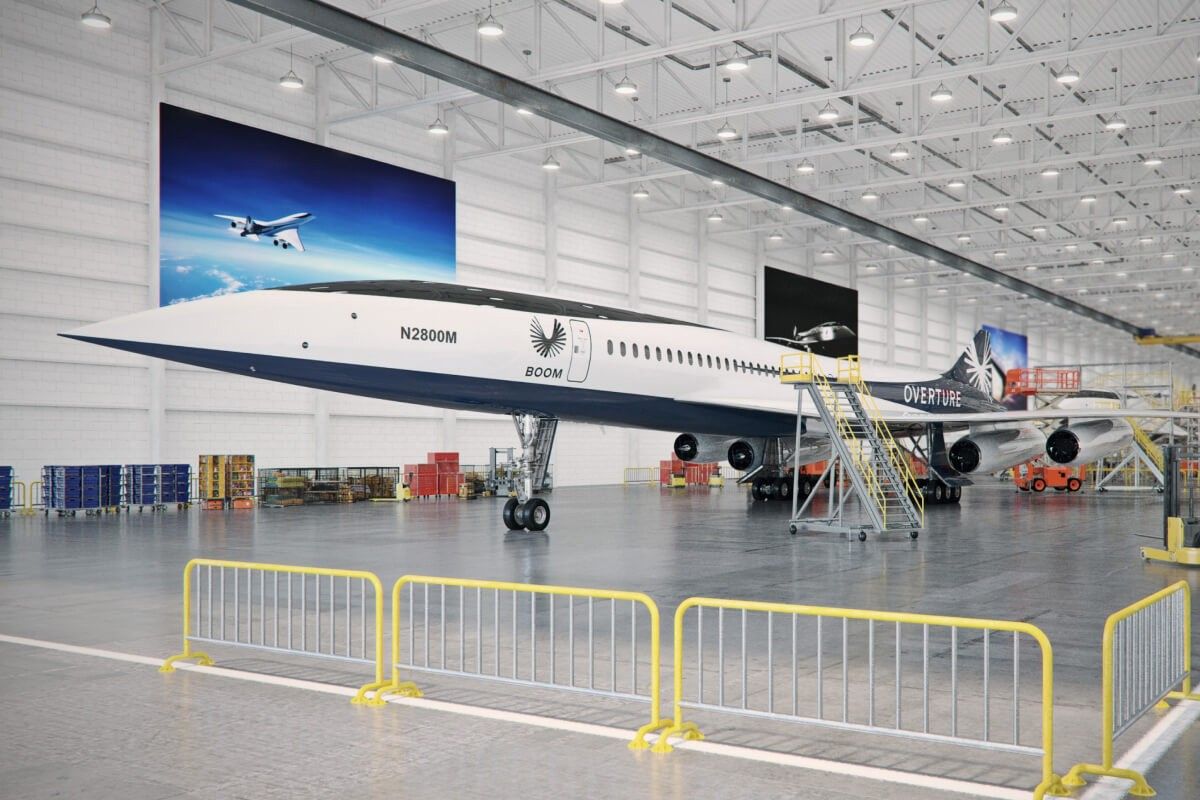Having recently acquired an engine partner, it looks as if Boom's supersonic plans may become a reality after all. However, environmental voices have raised concerns, questioning the necessity of fuel-guzzling supersonic flight. Even if the fleet of Overture jets, now equipped with four engines following the latest design change, will run on 100% SAF as planned, it will require a large share of an all-too-constrained supply.Boom Supersonic is looking to counteract those objections to its cause by increasing its investment in carbon removal. The company has entered a partnership with climate platform Watershed to "gain access" to carbon removal through Frontier (not the airline), focused on accelerating the development of permanent carbon removal technologies.Watershed supports companies with climate accounting and carbon measuring and reporting, as well as supplying means of reducing CO2 emissions and impact, and a recently established partnership with Frontier now allows its clients to add more carbon removal to the portfolio of climate mitigation.For Boom, this is an important pathway if the company hopes to achieve its ambitious plan of net zero carbon by 2025 (taking into account that Boom does not yet have any aircraft operating, so it does not have large amounts of fossil-based jet fuel to mitigate).Kathy Savitt, President of Boom Supersonic, commented on the new partnership with Watershed and Frontier,
“Boom is committed to building a sustainable supersonic future by driving impact at scale. We are participating in the Frontier program through our partnership with Watershed to accelerate permanent carbon removal across industries, taking another step toward our commitment to net zero by 2025.”
Boom's net-zero plans
Boom has worked with carbon offsets for some time, and also recently signed another 10-year agreement with Climeworks to remove CO2 from the atmosphere through carbon capture and sequestration. The company says it will reach net-zero carbon by 2025 and net-zero greenhouse gases by 2040. In order to do this, the Overture fleet will run on 100% sustainable aviation fuel.
As previously noted, this may or may not turn out to be tricky, depending on how much SAF production will scale by the time the new supersonic jet enters service (if all goes according to plan, which would make it a rarity in aircraft development) in 2029. Boom and Overture operators will not be the only ones looking to purchase the SAF that will be available to reach their environmental targets. Thus far, the company has received orders from three transatlantic carriers - United, American Airlines, and Virgin Atlantic, as well as Japan Airlines.
What is this other Frontier?
Frontier is a nine-year advanced market commitment (AMC) funded by Stripe, Alphabet, Shopify, Meta, and McKinsey Sustainability, with combined investments of $925 million. AMC, as a concept, is borrowed from vaccine development, and the goal is to send a strong signal to researchers, entrepreneurs, and investors that there is a growing market and that demand is secured.
As such, it is looking to help create net new carbon removal supply, rather than compete over existing solutions. According to its founders, Frontier applies a rigorous, science-backed vetting process for suppliers. They control for length of carbon storage, physical footprint, cost, scalability and capacity, net carbon negativity, additionality, scientific verifiability, environmental justice concerns, and safety and legality.
Nan Ransohoff, Head of Frontier, commented,
"Watershed’s partnership with Frontier enables a fast-growing network of companies in the Watershed Marketplace to support the nascent carbon removal ecosystem. We hope this makes it much easier for any company, regardless of size or sector, to make high-quality permanent carbon removal part of its corporate climate program, alongside emissions reduction.”
Want to know more about sustainability in aviation?


